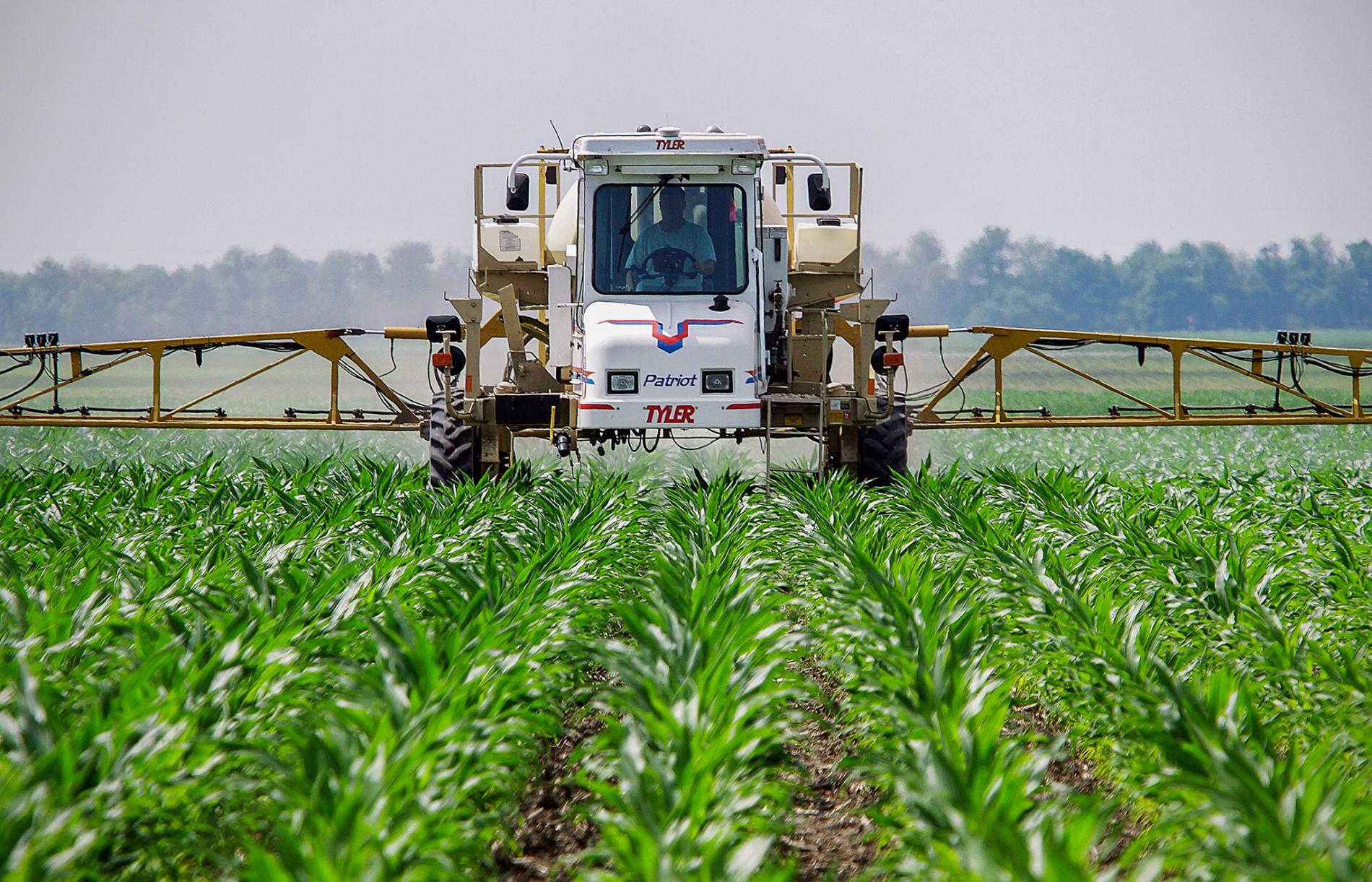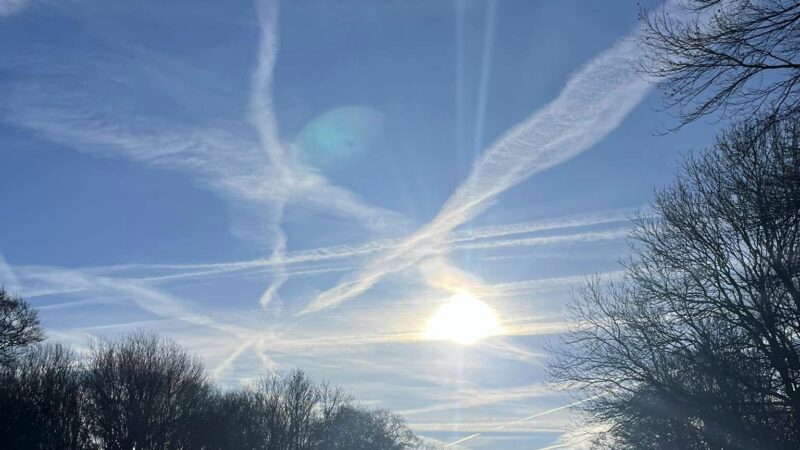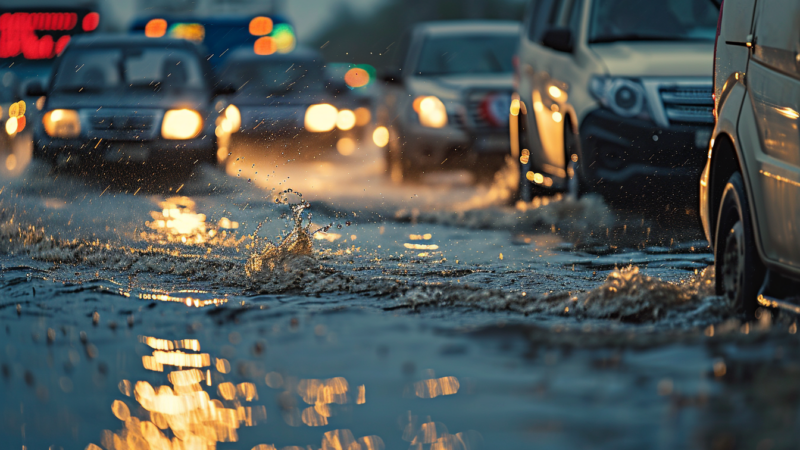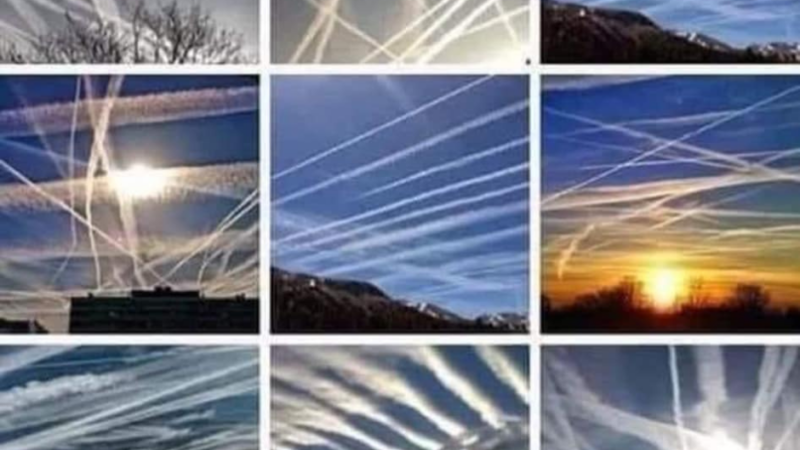What Do We Really Know About Roundup Weed Killer? What can we do about it?

HFI: Glyphosate has been called a carcinogen by a world health organization. Now that glyphosate is on the Prop 65 carcinogen list, activists and city officials have increased support for discontinuing or banning the use of glyphosate, all around the world. With 1 out of 2 males and 1 out of 3 females expected to get cancer in America today, and the health care costs skyrocketing beyond our government resources, it makes no sense to continue to spray a carcinogenic chemical on our food crops, playgrounds, sidewalks, parks and back yards. None.
NOW is the time to speak up. express concern. Demand the product to be eliminated from public spaces.

Excerpt of Article from National Geographic:
A farmer in central Illinois sprays his cornfield with glyphosate. Seeds have been genetically engineered to tolerate the chemical so farmers can apply it to entire fields without destroying crops. As a result, its use has skyrocketed but some experts say research is needed exploring what happens to it in the environment and how much people are exposed.
Photograph by Seth Perlman, AP
The world’s most widely-used herbicide has been getting a lot of attention lately.
Last month, an international agency declared glyphosate, the primary ingredient in the popular product Roundup, a “probable human carcinogen.” The weed killer also has made recent headlines for its widespread use on genetically modified seeds and research that links it to antibiotics resistance and hormone disruption. Several national governmentsare planning to restrict its use, and some school districts are talking about banning it.
So what do we know about glyphosate? Five key questions and answers:
Introduced commercially by Monsanto in 1974, glyphosate kills weeds by blocking proteins essential to plant growth. It is now used in more than 160 countries, with more than 1.4 billion pounds applied per year.
Glyphosate, often sold under the brand name Roundup, is probably in your garage or shed because it’s ranked as the second most widely used U.S. lawn and garden weed killer. These products have been promoted as easy-to-use and effective on poison ivy, kudzu, dandelions, and other weeds.
But the primary use is by agriculture. Nearly allthe corn, soy, and cotton now grown in the United States is treated with glyphosate.
Its use skyrocketed after seeds were genetically engineeredto tolerate the chemical. Because these seeds produce plants that are not killed by glyphosate, farmers can apply the weed killer to entire fields without worrying about destroying crops. Between 1987 and 2012, annual U.S. farm use grew from less than 11 million pounds to nearly 300 million pounds.
“By far the vast use is on [genetically engineered] crops – corn, soy and cotton – that took off in the early to mid-nineties,” says Robert Gilliom, chief of surface water assessment for the US Geological Survey’s National Water Quality Assessment Program.
In addition, some five million acres in California were treated with glyphosate in 2012 to grow almonds, peaches, onions, cantaloupe, cherries, sweet corn, citrus, grapes, and other edible crops.
Glyphosate, marketed by Monsanto as Roundup, is the second most popular weed killer for residential yards and gardens.
Despite its widespread use, USGS hydrologist Paul Capel said there is “a dearth of information” on what happens to it once it is used.
Glyphosate is not included in the U.S. government’s testing of food for pesticide residues or the monitoring of chemicals in human blood and tissues. As a result, there is no information on how much people are exposed to from using it in their yards, living near farms or eating foods from treated fields.
However you can see its found on food in independent testing. http://www.ewg.org/agmag/2016/02/how-much-monsanto-s-weed-killer-your-food
A recent USGS study sampled waterways in 38 states and found glyphosate in the majority of rivers, streams, ditches, and wastewater treatment plant outfalls tested. Not much was found in groundwater because it binds tightly to soil.
Glyphosate also was found in about 70 percent of rainfall samples. It “attaches pretty firmly to soil particles” that are swept off farm fields then stay in “the atmosphere for a relatively long time until they dissolve off into water,” Capel says.
Before genetically engineered crops, glyphosate residues in food were considered unlikely, says Charles Benbrook, research professor at Washington State University’s Center for Sustaining Agriculture and Natural Resources. But since about 2005, pre-harvest use of glyphosate “results in very high residues,” he says. Traceswere found in 90 percent of 300 soybean samples.
So what is the likelihood of exposure? The people most likely to be exposed are working on or living near farms where glyphosate is used, says University of California, Irvine professor Bruce Blumberg.
The U.S. Environmental Protection Agency had determined that the science “does not provide evidence to show that glyphosate causes cancer.” But now the EPA says it will analyzenew findings by the UN’s International Agency for Research on Cancer, which declared in March that glyphosate probably raises the risk of cancer in people exposed.
The UN agency based its decision on human, animal, and cell studies, says National Cancer Institute scientist emeritus, Aaron Blair who chaired the IARC review committee. The studies found glyphosate in farmworkers’ blood and urine, chromosomal damage in cells, increased risks of non-Hodgkin lymphoma in some people exposed, and tumor formation in some animal studies.
Monsanto called the IARC conclusion “inconsistent with decades of ongoing comprehensive safety assessments.” The American Soybean Association and National Corn Growers Association also denounced the finding. CropLife America, a trade association representing pesticide manufacturers, says, “It’s important to remember that glyphosate acts on an enzyme that exists only in plants and not mammals, contributing to the low risk to human health.”
One study suggests that glyphosate may affect pathogens such as Salmonella in ways that can contribute to antibiotic resistance. Other recent research suggests it can interfere with hormones.
Yet the really big unanswered question is the potential health effect of low levels over extended periods of time.
July 7, 2017, was a historic day for our movement. It is the day that the California EPA’s Office of Environmental Health Hazard Agency (OEHHA) officially listed glyphosate on the Prop 65 list warning list as a carcinogen. The implications are huge. Within a year, all companies with ten employees or more who manufacture products that expose humans to glyphosate will need to label that product with a warning such as “This product may contain a chemical known to the state of California to cause cancer, birth defects, or other reproductive harm.”
This is huge news for health advocates and regulators in other states and countries around the world who want more evidence to transition away from using glyphosate and toxic chemicals.
Now that glyphosate is on the Prop 65 carcinogen list, activists and city officials have increased support for discontinuing or banning the use of glyphosate, all around the world. With 1 out of 2 males and 1 out of 3 females expected to get cancer in America today, and the health care costs skyrocketing beyond our government resources, it makes no sense to continue to spray a carcinogenic chemical on our food crops, playgrounds, sidewalks, parks and back yards. None.
Now is the time to SPEAK UP! Express your concern to legislators, City Councils, Parks and Recreations and your neighbors about the use of a carcinogenic chemicals in public spaces.





